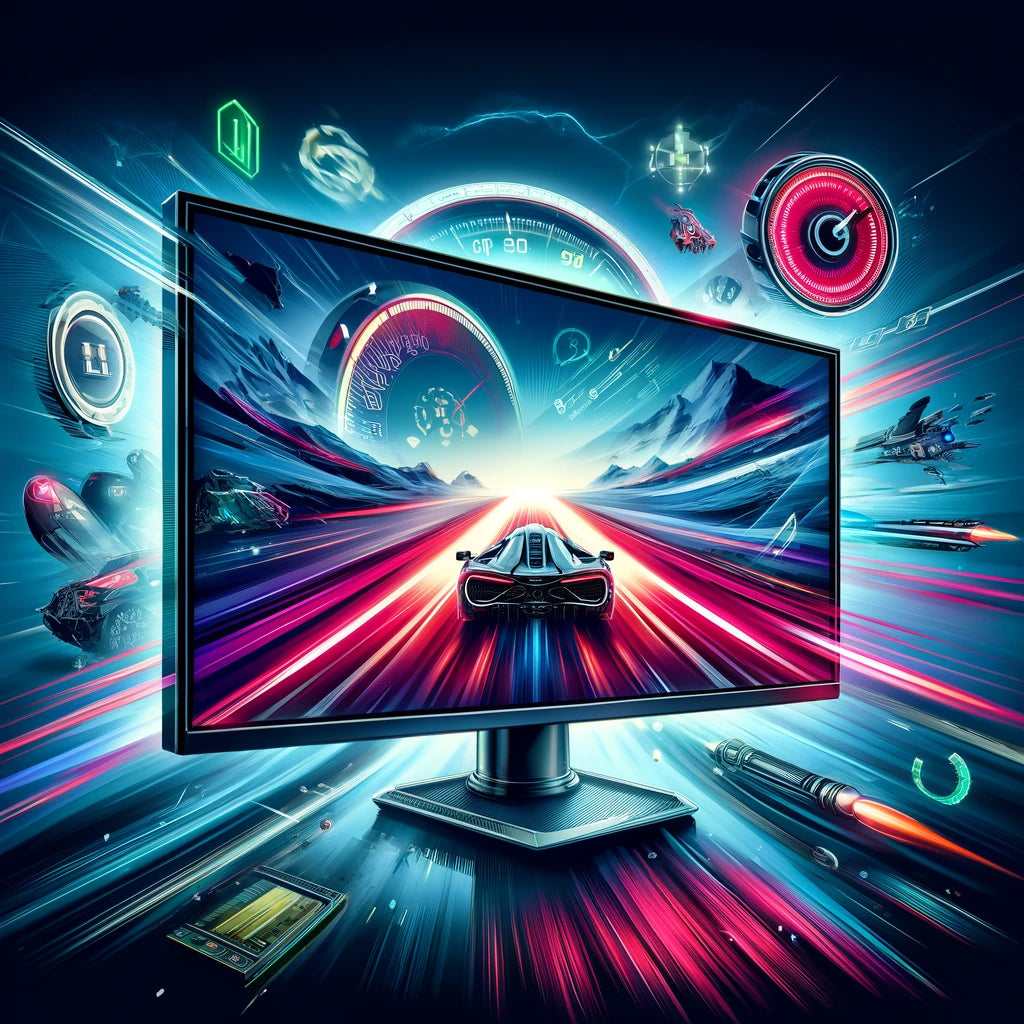| Key Takeaways |
|---|
| Refresh Rate is measured in Hertz (Hz). |
| Higher refresh rates offer smoother gameplay. |
| 60Hz is standard, but gamers often prefer 144Hz or higher. |
| Match your monitor’s refresh rate with your computer's performance. |
| Other factors like response time and resolution also affect gaming experience. |
The Gamer's Guide to Selecting a Monitor: Understanding Refresh Rates
When it comes to gaming, having the right monitor can significantly enhance your experience. One of the critical features to consider when selecting a monitor for gaming is the refresh rate. Understanding what refresh rates are and how they impact your gaming can help you make a more informed choice. Here's what you need to know about refresh rates.
What is the Refresh Rate?
The refresh rate, measured in Hertz (Hz), indicates how many times per second the monitor updates with new images. In simpler terms, it's how quickly your monitor can display new frames. A higher refresh rate means that the image updates more frequently, leading to a smoother visual experience. Standard monitors usually have a refresh rate of 60Hz, which is adequate for general computer use. However, for gaming, especially fast-paced games, a higher refresh rate can make a substantial difference.
Why are Higher Refresh Rates Beneficial for Gaming?
Higher refresh rates can significantly improve your gaming experience by providing smoother motion, reduced motion blur, and less screen tearing. This is particularly important in fast-paced games where quick reaction times are essential. A monitor with a refresh rate of 144Hz or higher will offer a noticeably smoother experience compared to the standard 60Hz. This can be a game-changer in competitive gaming where every millisecond counts.
Matching Monitor and Computer Performance
It's important to ensure that your computer can handle high refresh rates if you're considering a monitor with 144Hz or higher. There's no benefit to having a high refresh rate monitor if your computer's graphics card can't render games at high enough frame rates to match it. Before investing in a high refresh rate monitor, check your computer's performance capabilities and possibly consider upgrading your graphics card to fully benefit from the improved refresh rates.
Other Factors to Consider
While the refresh rate is a crucial factor for gaming monitors, it's not the only thing to consider. Response time, which is how quickly a pixel can change color, also affects your gaming experience. Lower response times can lead to sharper images during fast movement. Resolution is another important factor; higher resolution monitors provide crisper, more detailed images. However, remember that higher resolutions require more computing power to maintain high frame rates. Balancing all these factors based on your computer's capabilities and gaming needs is key.
Conclusion
Choosing the right monitor for gaming goes beyond just looking at the size and price. Understanding the importance of refresh rates and how they impact gaming is crucial. Remember, a higher refresh rate offers smoother gameplay, but it's also essential to consider your computer's performance capabilities and other monitor features like response time and resolution. By considering all these factors, you can select a monitor that enhances your gaming experience to the fullest.
Shop Logics Technology Monitors
